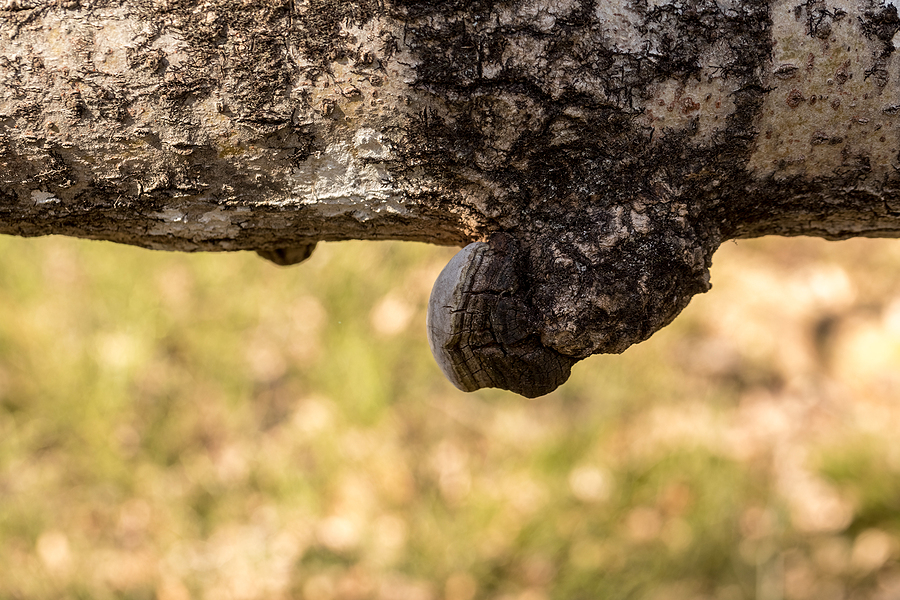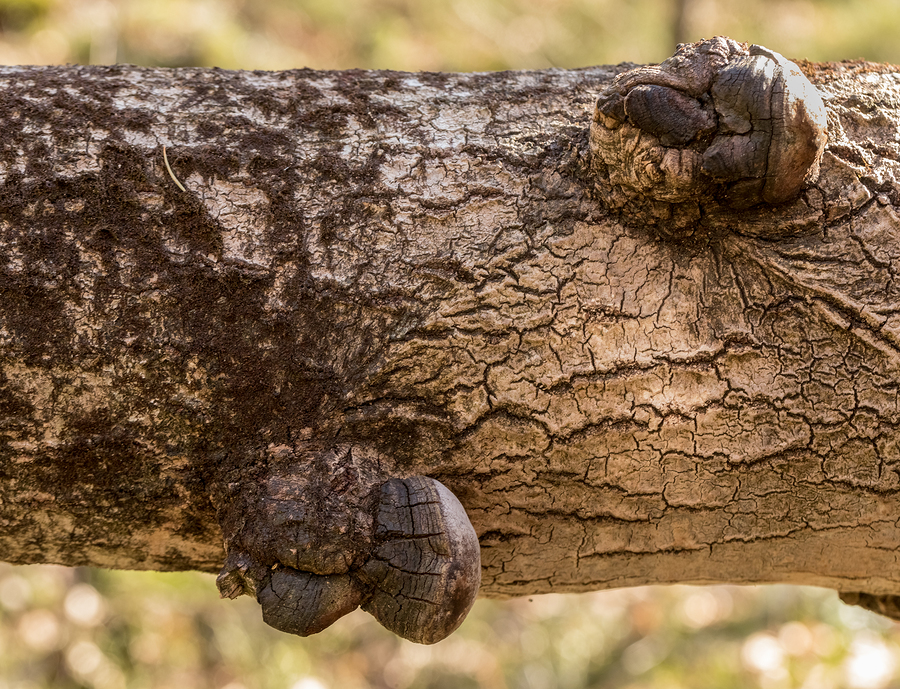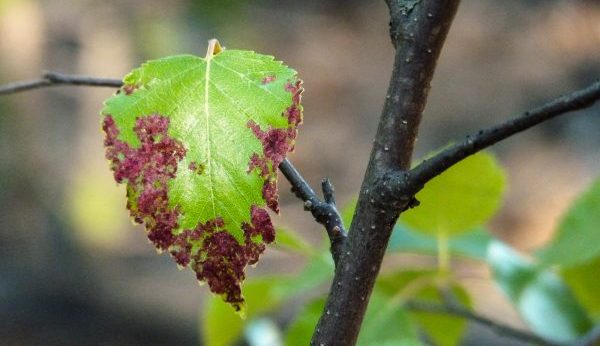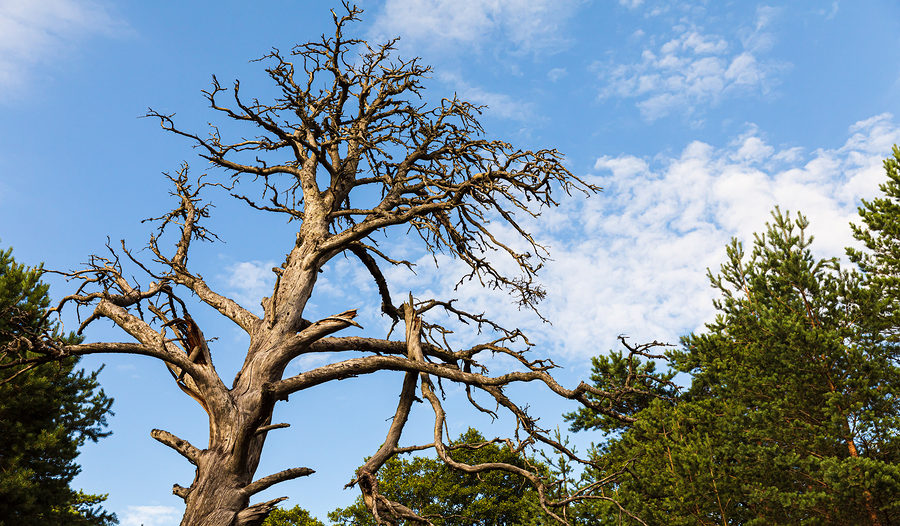There are various species of trees hardy to Indiana, most of which we enjoy admiring, year-round. From lush pines to fruit bearing trees, there is so much to appreciate every season. Unfortunately, trees can become ill from a plethora of contagions and infections, causing death and decay. Garden and tree enthusiasts work hard to protect and preserve their crops, shrubbery, and orchards, but there are still some common threats that can cause deterioration and corrosion in trees and other plant life.
Continue reading to learn about some common ailments that threaten the lives of trees and vegetation in Indiana, and how to treat them effectively.

Heart Rot
Heart Rot is a very common infection that can harm trees. It uniquely attacks hardwood trees, which happen to be quite prevalent in Indiana. Signs of this disease include fungus and mushroom cap growth. The infection causes deterioration from within, eventually weakening the branches and bark of a hardwood tree. Treatment is complicated, but still possible. It requires expert pruning and dead wooding in order to get the tree in a healthy state of growth. Again, a professional tree care technician is recommended for such diseases.
Chestnut Blight
The American Chestnut Tree faced near extinction in the early 1900’s due to this threatening tree illness. A simple analogy can help understand the health implications caused by this disease; chestnut blight is to trees as smallpox is to humans. Chestnut Blight affects the bark and leaves of a tree, causing cankers and orange-brown stains. It can only be treated with a series of chemical tree injections. These injections are non-hazardous to the environment but should always be administered by a tree care professional.
Elm Disease
Also happening in the early 1900’s was oversea shipping and trading. These shipments brought in non-native beetles, commonly referred to as Dutch Beetles. These insects are common predators of Elm Trees in Indiana and prefer to attack trees that are already infected with a fungal disease. Some familiar signs of Elm Disease include yellowing of bark and leaves, and death right before Fall. Typically, tree removal is the only option for Elm Disease, other than prevention.
Get Fishers Indiana Tree Service at the Best Prices Around Town
Call 317-537-9770 for professional Fishers, Indiana tree service at a competitive price. We provide residential and commercial tree service, including tree trimming, tree pruning, tree removal, stump grinding, lot clearing, underbrush removal, and much more. Call 317-537-9770 to request an estimate, today.








